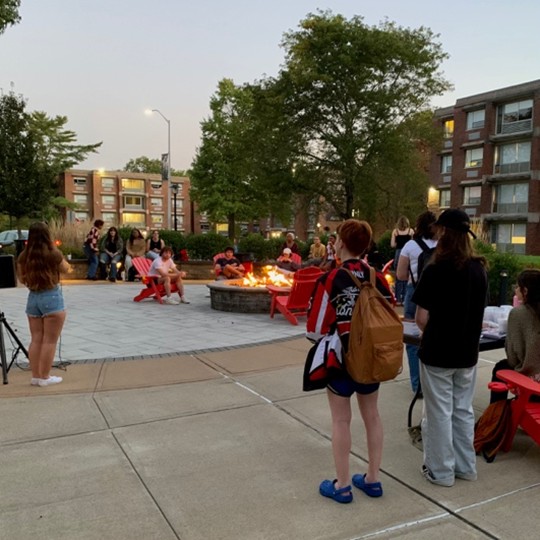Voter Suppression in 2020

Image Courtesy of UChicago News
September 30, 2020
In 1965, the Voting Rights Act was enacted to make “the promise of the right to vote under the 15th Amendment of the U.S. Constitution a reality, ninety-five years after [its] passage.” Under the Voting Rights Act of 1965, sixteen states are required to submit any redistricting plans to the U.S. Department of Justice for preclearance. Preclearance is defined as the process of seeking U.S. Department of Justice approval for all changes related to voting. This Act requires that areas with a history of voter discrimination would need to receive federal approval prior to any changes towards voting laws.
This law was enacted to create a safeguard for people of color to keep their constitutional right to vote as fair as possible. However, in the 40 years since the law was enacted, many of the states felt that this law was outdated and was revised in 2013. The United States Supreme Court delegated the preclearance requirement of section 5 of the Voting Rights Act, Shelby County vs Halder and decided that states no longer needed to seek preclearance for any new voting changes. Representative Lynn Westmoreland of Georgia, felt as if citizens must “eternally wear the scarlet letter because of the actions of their grandparents and great-grandparents… We have repented and we have reformed.”
Yet, in 2020, black and brown Americans face systematic barriers in exercising their right to vote. In urban areas with a higher percentage of minority voters, many areas struggle to get mail-in ballots to voters, and a shortage of poll workers and polling stations lead to hour-long lines. Since 2013, many states have enacted voting laws that target minorities and make it harder to cast a ballot, such as “including restricting early voting, reducing polling places, and enacting restrictions like voter ID laws that can have a disparate impact on racial and ethnic minorities.”
Voter ID laws target ethnic minorities when it comes to voters having to bring a government issued ID to the polls, with the rational being to prevent voter fraud, however, that type of fraud is extremely rare.
Voters of color and voters in predominantly Democratic neighborhoods in Georgia experienced wait times 50 minutes longer than white voters during the June primary, according to an expert analysis.
As of 2019, many state restrictions prevent people with felony convictions from voting. The most recent comprehensive state-level research from 2016 found that about 6.1 million Americans were disenfranchised due to a felony conviction, with 1 in 13 Black Americans — compared to 1 in 56 non-Black Americans — nationwide having lost their right to vote due to a felony conviction.
In Connecticut, for in person voting, one can obtain and cast an absentee ballot from the town’s clerk office starting on October 2nd. On election day, November 3rd CT polls will open at 6 AM and close at 8 PM. To vote in person, one needs a valid form of identification.
The New York Times has a comprehensive guide on How to VOTE in whichever state you reside. Additionally, Connecticut has a Student Voter Fact Sheet on their official website to help students vote.









